Clean and clear well water is a fundamental necessity for any household. Unfortunately, many homeowners encounter the persistent issue of brown well water, which not only affects the water’s appearance but also poses potential health risks and harms household appliances.
Dealing with brown well water can be a frustrating experience for homeowners. However, fret not, as this comprehensive guide will walk you through various solutions, offering a clear path to pristine well water.
4 Main Causes of Brown Well Water
Your drinkable well water comes from an aquifer, a storage component that collects it after it filtrates through a gravel level that removes sediment. This process is supposed to provide you with clear water, so how does your well water turn brown?
There are a few common causes.
1. Metals
Iron: Elevated iron levels frequently manifest as a reddish-brown tint and a distinct metallic taste. The origin may be natural, with iron present in the aquifer, or a consequence of corroded pipes and fixtures.

Manganese: Analogous to iron, manganese can induce brown or black discoloration accompanied by a bitter taste.
2. Natural Sources
Tannins: The decomposition of leaves and organic matter in the soil releases tannins, resulting in a brownish hue and an earthy taste. This phenomenon is more prevalent in regions characterized by swampy soils or proximity to forests.
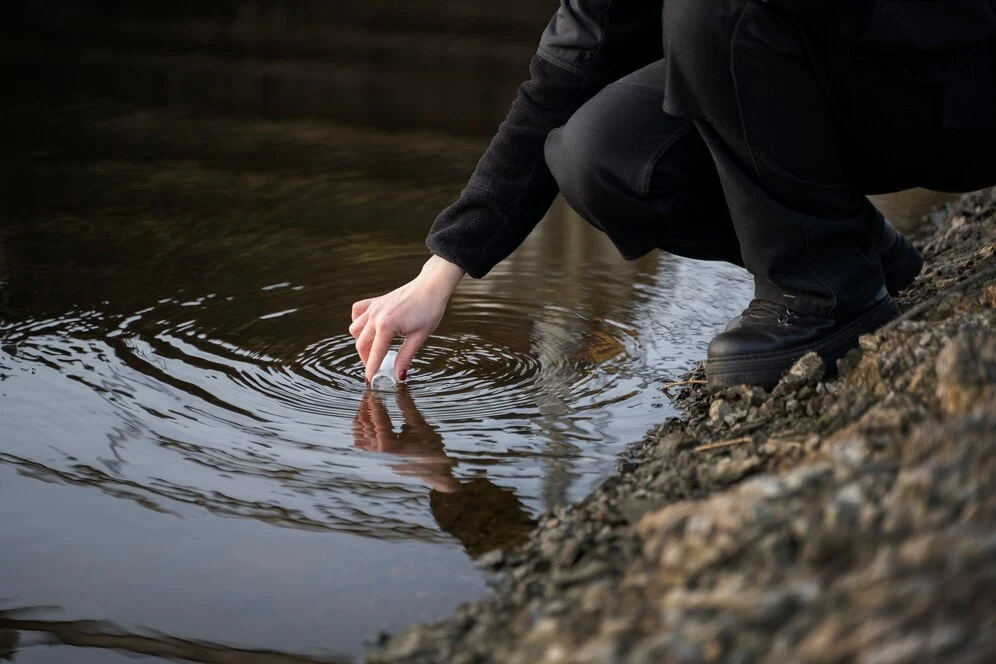
Sediment: Intense rainfall or disturbances within the well can agitate sediment, causing the water to assume a brown, cloudy appearance.
3. Plumbing Problems
Rusted Pipes: Corrosion in pipes releases rust particles into the water, causing a brown discoloration. This is particularly prevalent in aging residences equipped with galvanized pipes.

Hot Water Heater: A rusty hot water heater can contribute to brown water, especially noticeable when running hot water for the first time.
Water Softener Issues: Deteriorating resin beads in a water softener may release iron or other contaminants, leading to a brownish tint in the water.
4. Other Factors
Well Construction: Shallow wells or those with damaged screens may permit the ingress of surface water, introducing sediment and contaminants.

Bacterial Contamination: In rare instances, wells can harbor iron bacteria, fostering the growth of brownish slime and emitting unpleasant odors.
5 Ways To Get Rid of Brown Well Water
If you’re dealing with brown well water, it may be an indication of high levels of iron, manganese, or other impurities.
Here are five methods to help address and improve the quality of brown well water:
1. Water Filtration System
Install a water filtration system specifically designed to remove iron, manganese, and other impurities. There are various types of filtration systems, such as activated carbon filters, sediment filters, and iron/manganese removal filters.
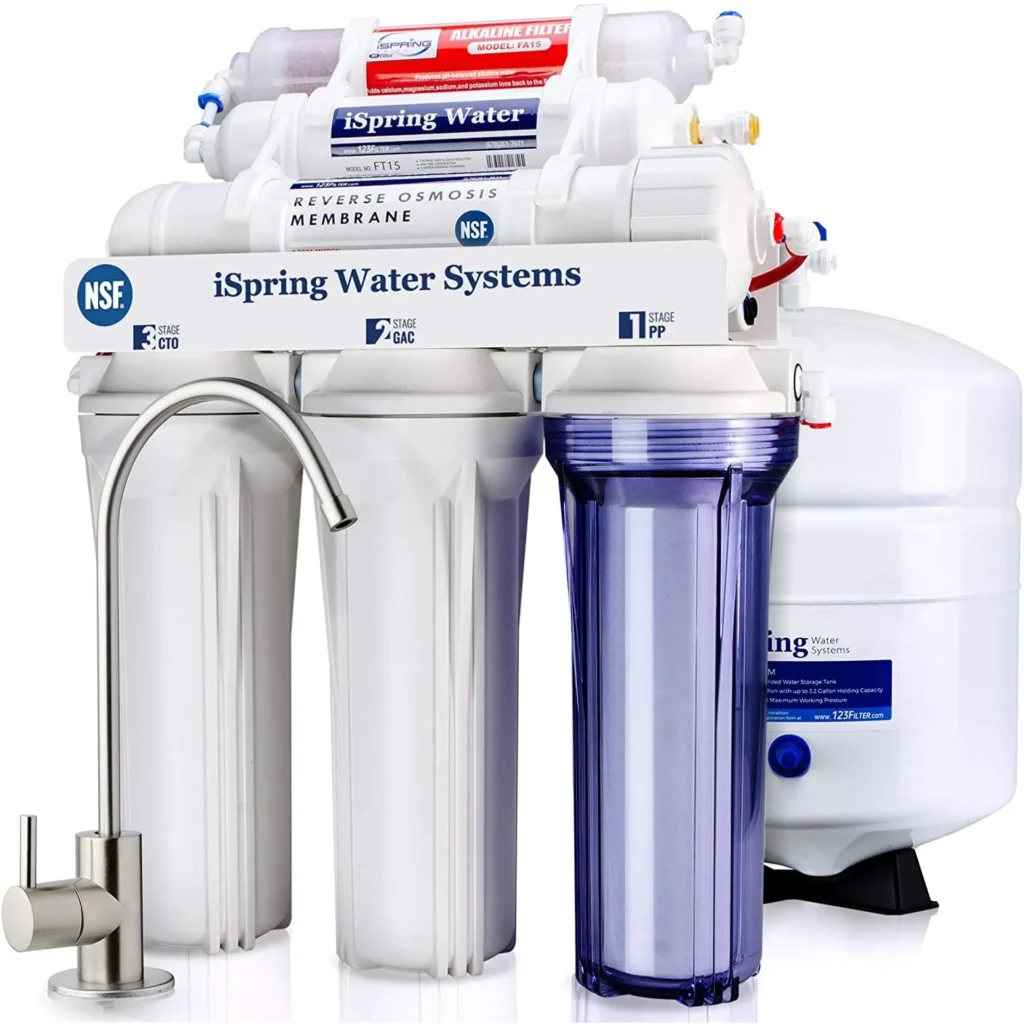
Choose a system that suits the specific contaminants present in your well water.
2. Water Softener
Brown well water may be a result of high levels of water hardness, often caused by elevated concentrations of calcium and magnesium. A water softener can help by exchanging calcium and magnesium ions with sodium ions, reducing water hardness. This can lead to clearer and cleaner water.
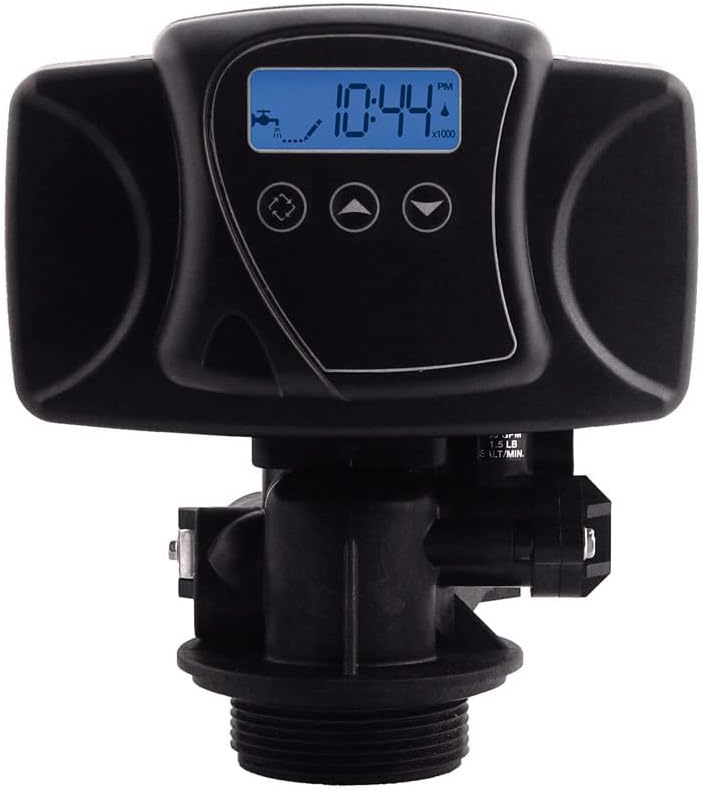
3. Chemical Oxidation
Chemical oxidation involves introducing an oxidizing agent, such as chlorine or hydrogen peroxide, to the water to facilitate the precipitation of iron and manganese.
Once precipitated, these particles can be filtered out more easily. Consult with a water treatment professional to determine the appropriate chemical treatment for your specific water conditions.
4. Aeration
Aeration is a process that involves exposing water to air, promoting the oxidation and precipitation of dissolved iron and manganese.
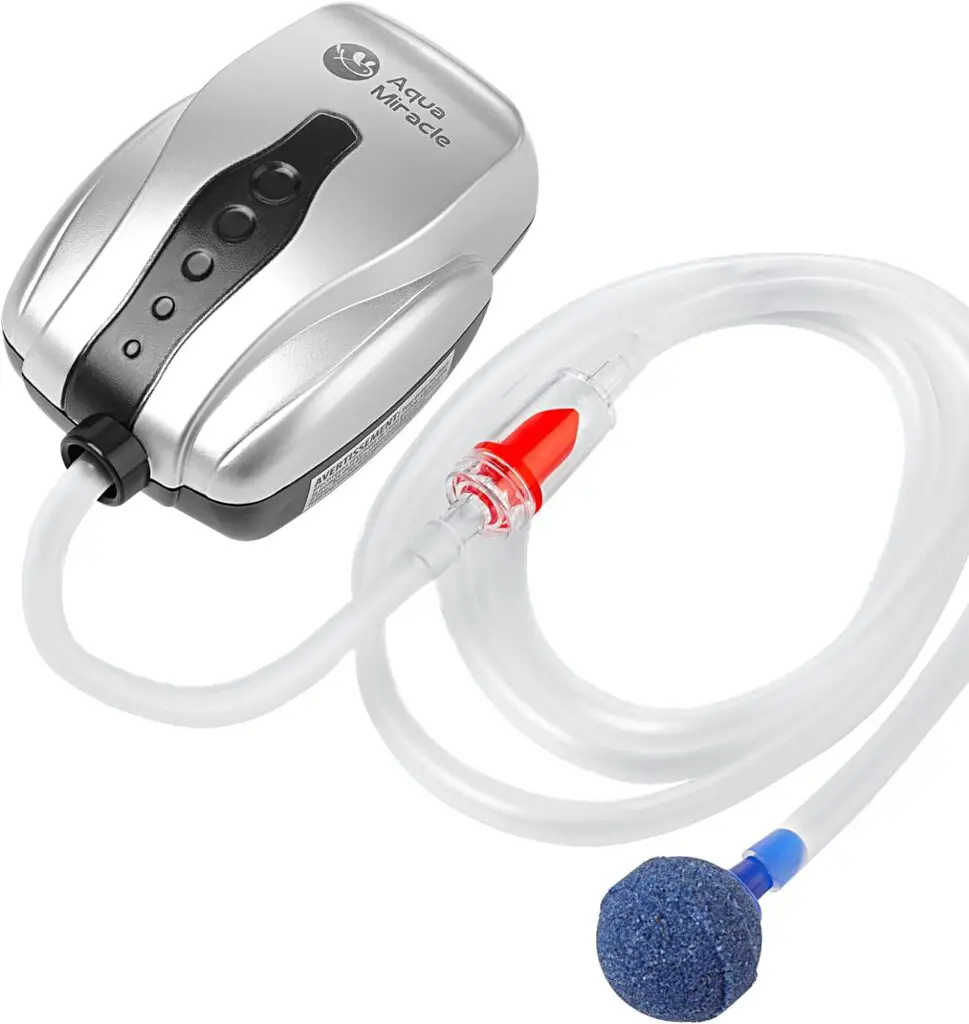
This can be done through the use of aerators or air-injector systems. Aeration followed by filtration can help remove the oxidized particles, resulting in clearer water.
5. Professional Water Testing and Treatment
Conduct a comprehensive water test to identify the specific contaminants in your well water. Based on the results, consult with a water treatment professional who can recommend a tailored solution.
They may suggest a combination of methods, such as filtration, chemical treatment, and other specialized systems.
Conclusion
Addressing the issue of brown well water requires a multi-faceted approach. From understanding the causes to implementing targeted solutions, safeguarding the quality of your well water is paramount. Take proactive steps, conduct regular maintenance, and consider professional assistance to enjoy clean, clear, and safe well water for your household.
FAQs
How often should I test my well water for contaminants?
Regular testing is recommended at least once a year, and more frequently if you notice any changes in water quality.
Are there any government incentives for improving well water quality?
Some regions offer incentives or subsidies for water quality improvement initiatives. Check with local authorities for information.
Is rainwater harvesting a viable alternative to well water?
Rainwater harvesting can be a sustainable alternative, but it requires proper filtration and storage systems to ensure safety.
How long does it take for professional water treatment systems to show results?
The timeline for improvement depends on the specific issues with your well water, but professional systems generally provide noticeable results within a few weeks.


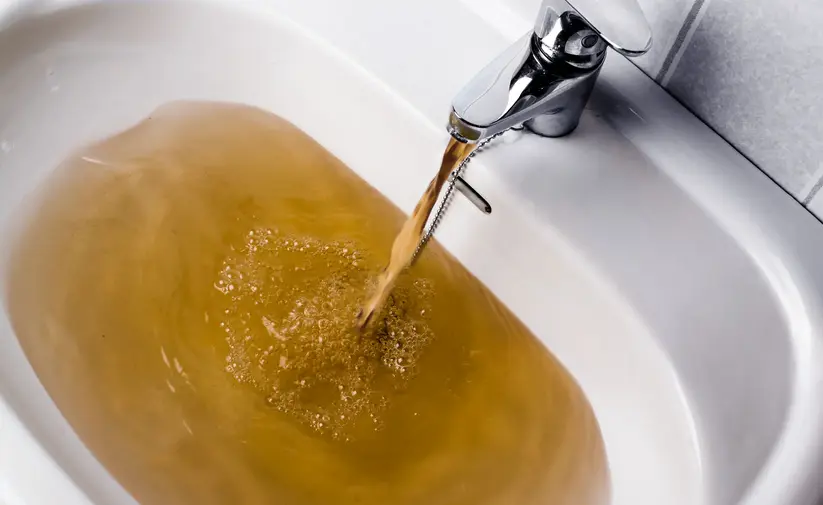



[…] firsthand experiences from individuals who have bathed in brown well water. Their narratives provide a personal touch, shedding light on the safety aspects and any unforeseen […]
[…] your well water looks brown, it’s probably because of iron buildup. This happens when water sits in iron pipes for a long […]